Eliminate Chronic Bad Breath / Halitosis with Proven Solutions in Bay Harbor Islands, FL
Get Rid of Bad Breath in Miami
Eliminate Chronic Bad Breath / Halitosis with Proven Solutions
Get Rid of Bad Breath in Miami

Getting Rid of
Halitosis
/ Bad Breath
Halitosis, more commonly known as chronic bad breath, is a problem that affects many people and can be hard to eliminate. It can make people uncomfortable, affecting their social interactions and self-confidence, and in many cases can also compromise overall oral health.
We receive patients from all over the world to diagnose and treat their halitosis (bad breath), and they get to know Miami through medical tourism.
At Smile Creators, led by Dr. Ripa, we understand the problems associated with halitosis and offer a specialized service designed to diagnose and effectively treat halitosis in Miami.
Do not let bad breath hold you back. We are here to diagnose whether you have halitosis and, if you do, provide a lasting solution that restores your confidence and supports your long-term oral health.
What is the Cause of Halitosis /Bad Breath?
A variety of factors can cause halitosis, and it is essential to identify these to implement an effective treatment plan.
Common causes of halitosis include:
- Poor
oral health and
hygiene lead to bacterial buildup
- Certain medications or conditions often cause dry mouth.
- Gum disease or
tooth decay
- Specific diets or foods that cause
bad breath
- Medical conditions such as sinusitis, gastric reflux, diabetes, etc.
Even with diligent oral care, halitosis can persist if these underlying causes are not addressed.
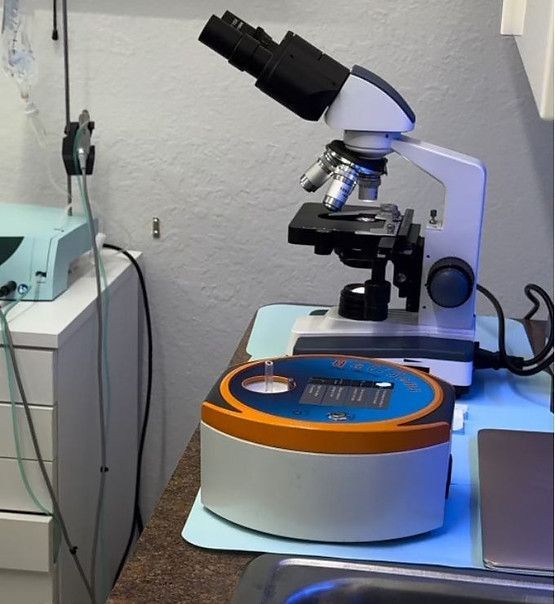
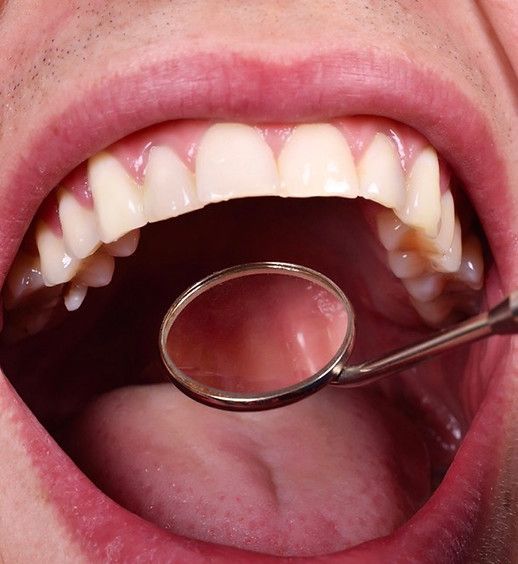
masking the symptoms vs. fixing the problem
A lot of people experiment with different methods in an attempt to get rid of halitosis. Typical approaches include using antibacterial mouth rinses, cleaning the tongue with scrapers, relying on mints or sprays for freshness, and even brushing with baking soda to neutralize odors.
While these remedies may offer temporary relief, they often fail to provide a comprehensive treatment for bad breath. This is because they only mask the symptoms rather than address the underlying causes of halitosis.
To truly resolve bad breath, it is crucial to understand and treat its root causes for lasting oral health.
The Smile Gallery of Smile Creators
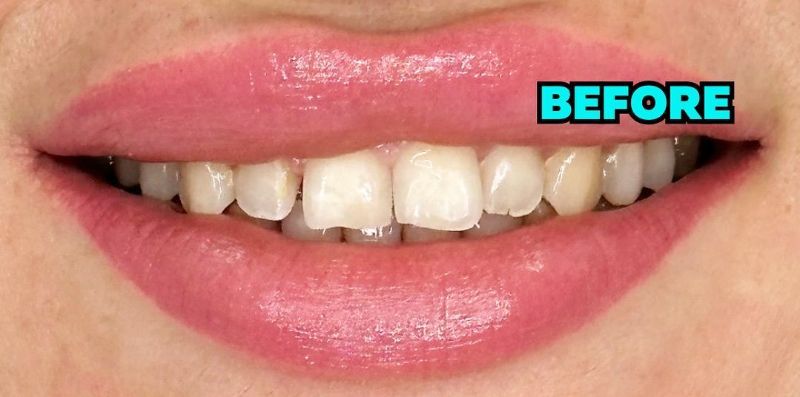
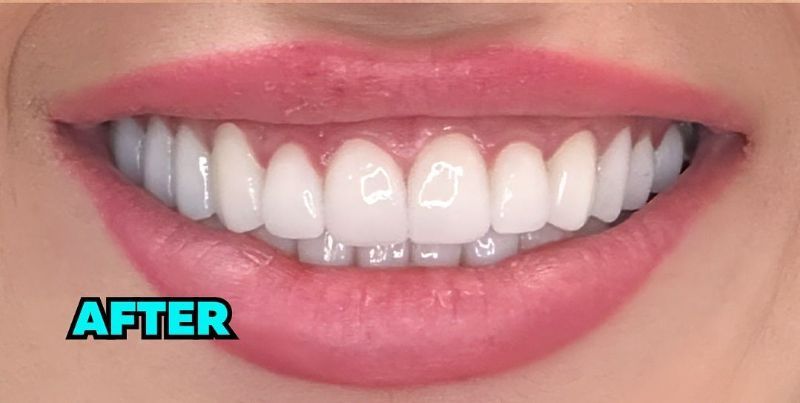
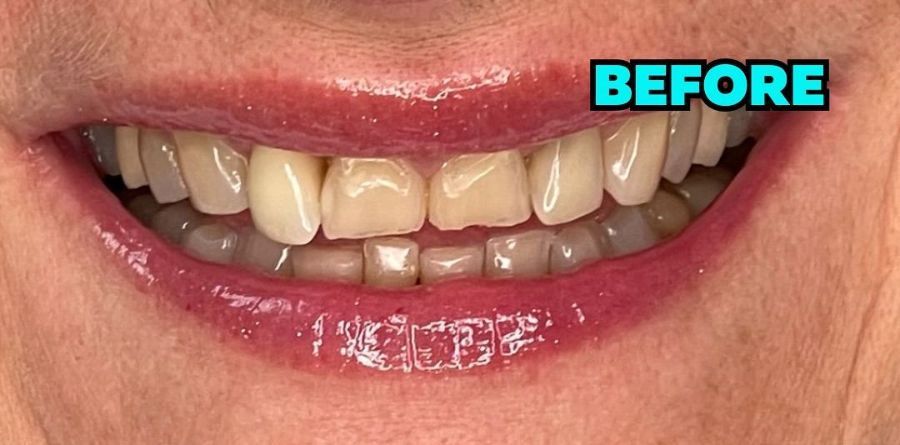
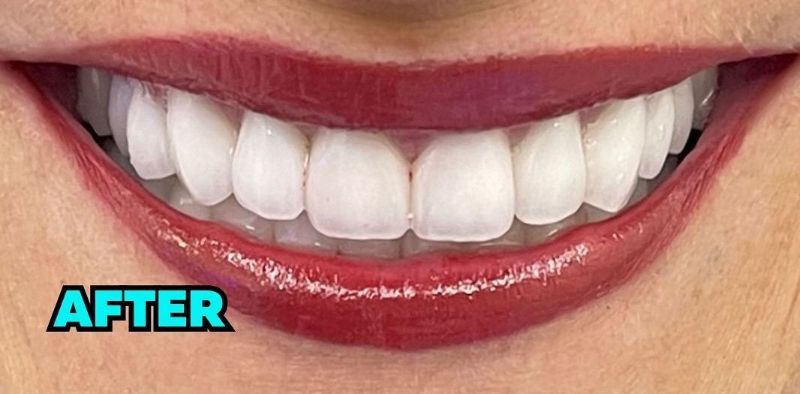
what can you do to fix halitosis
First, you must find the right specialist. At Smile Creators, we believe that the proper treatment for halitosis begins with understanding the exact source of bad breath. Every individual is unique, and their halitosis symptoms may be linked to different problems.
By understanding past failed remedies and health conditions that may contribute to bad breath, we can tailor a treatment plan that offers a lasting solution.
Our goal is to help our patients learn how to permanently cure chronic bad breath by addressing the root causes and improving their oral health.

What is Halitosis
The term halitosis comes from Latin, combining halitus (breath) and osis (condition). More commonly known as bad breath, it is often a sign that something in the body or mouth is out of balance.
In some cases, halitosis may point to underlying systemic health concerns that require medical attention. For this reason, anyone experiencing persistent bad breath should undergo a thorough evaluation to rule out deeper issues and pinpoint the exact cause. One of the most frequent culprits is an overgrowth of anaerobic bacteria, which can not only create unpleasant odors but also contribute to secondary infections if left unchecked.
Read More
These bacteria typically thrive beneath a white coating that accumulates on the tongue. The coating, composed of debris and tartar, creates an oxygen-poor environment that allows anaerobic organisms to multiply rapidly. Much like bacteria that grow in oxygen-deprived areas of the body, such as under the arms, these microbes release volatile sulfur compounds responsible for foul odors. Addressing this bacterial imbalance is a crucial step toward restoring confidence and enhancing overall oral health.
It is not sufficient to recognize that anaerobic bacteria exist on the tongue; their specific strains and activity need to be identified. Some of these microorganisms are harmless, or even beneficial, while others can be dangerous. For example, Helicobacter pylori is a bacterium that can colonize the coating of the tongue and has been linked to stomach cancer. This makes precise diagnosis critical. By determining exactly which bacteria are present and in what quantities, we can design treatments that target harmful microbes while preserving the beneficial ones that contribute to overall oral health.
Everyone naturally produces a thin coating on the tongue each day, but not all coatings adhere in the same way. The difference lies in the structure of the taste buds. When the surface of the tongue has uneven or retentive areas, tartar can cling more easily and form a stubborn white layer. If the taste buds were all uniform in length, the debris would slide away rather than attach, reducing the buildup that often fuels bad breath.
Diagnosis and Treatments
Basic Diagnosis
Basic diagnosis includes the following steps:
- Comprehensive oral examination.
- Microscopic analysis of bacteria and debris.
- Saliva testing to measure both volume and pH balance. This is done because dry mouth often leads to bad breath.
- Screening for pre-diabetes, which can sometimes influence oral health and breath odor.
- Advanced breath analysis using the “Halisens” chromatographer. This device identifies volatile sulfur compounds, the gases responsible for unpleasant odors, and provides an instant score of breath quality. Measurements are taken both before and after targeted bacterial treatment, allowing us to confirm that reducing harmful bacteria effectively improves bad breath.
- Swabs: Often, microscope readings reveal harmful species that may not cause halitosis but still need to be eliminated to protect overall oral health.
- Oxygen saturation
Treatment
Halitosis rarely has a one-size-fits-all solution. Some patients may have multiple contributing factors, while others may have only one. This unpredictability is why a comprehensive diagnostic process is so important. By identifying the root causes, treatment can be tailored for lasting success, helping patients overcome the social and emotional challenges associated with chronic bad breath. In some cases, multiple therapies may be necessary to achieve optimal results. With as many as 72 possible causes identified, there are just as many potential treatment paths. At Smile Creators, each plan is tailored to meet the patient’s specific needs, ensuring that both confidence and oral health are restored.
Our major treatments are:
- Gas and liquid ozone therapy
- Laser therapy
- Ultrasound dental cleaning
- Airflow
Among many other combinations, each tailored to the patient’s condition to improve both confidence and long-term oral health.
Complimentary Consultation
The problem is that dentists generally do not diagnose or treat halitosis because universities have not traditionally taught them how to do so. At Smile Creators, we bridge that gap by combining science, compassion, and innovative technology to give patients real solutions that restore confidence and protect their oral health.

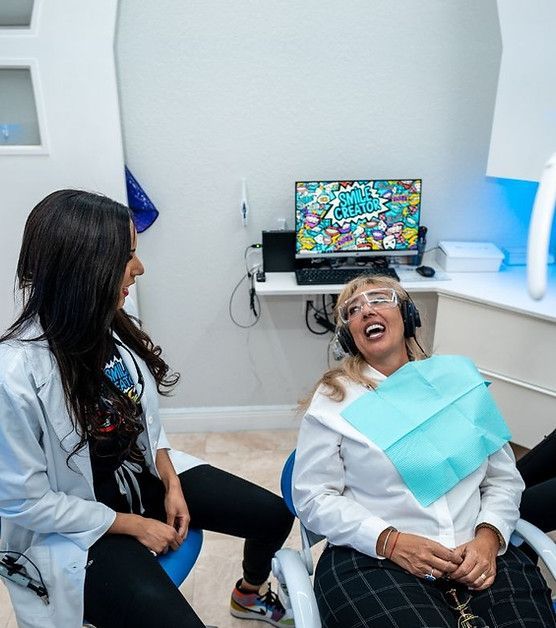
Statistics
3 MAIN REASONS TO GET A CONSULTATION WITH A DENTIST ASAP
- Dental Caries
- Gingivitis (Gum Bleeding)
- Halitosis
The problem is that dentists do not normally diagnose nor treat halitosis, because the universities have not taught them.
Nature's Symphony
50 % of the worlds population has chronic halitosis at the age of 60
Source: American Dental Association
Faces of Humanity
25% of the world's population has chronic halitosis between 10-59 years of age
Source: American Dental Association
Sands of Time
30 % of the population in the US has chronic halitosis
Source: Harvard University
REAL Patient Results
The Smile Creators Team Can't Wait to See You!
Schedule Your Appointment Here!
Bay Harbor Halitosis Form
We will get back to you as soon as possible.
Please try again later.
The Smile Creators Team Can't Wait to See You!
Schedule Your Appointment Here!
Halitosis Form
We will get back to you as soon as possible.
Please try again later.







